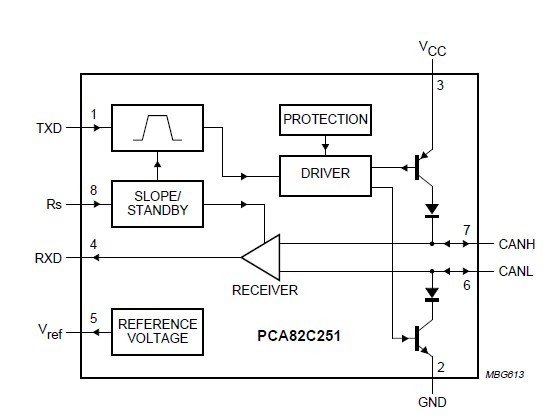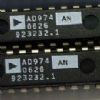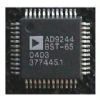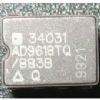Product Summary
The A82C251 is the interface between the CAN protocol controller and the physical bus. It is primarily intended for applications (up to 1 Mbaud) in trucks and buses. The A82C251 provides differential transmit capability to the bus and differential receive capability to the CAN controller.
Parametrics
A82C251 absolute maximum ratings: (1)VCC supply voltage: -0.3 +7.0 V; (2)Vn DC voltage at pins 1, 4, 5 and 8: -0.3 to VCC + 0.3 V; (3)V6 DC voltage at pin 6 (CANL) 0 V < VCC < 5.5 V; TXD HIGH; (4)or floating: -36 +36 V; 0 V < VCC < 5.5 V; no time limit; note 1: -36 +36 V; 0 V < VCC < 5.5 V; no time limit; note 2: -36 to +36 V; (5)V7 DC voltage at pin 7 (CANH) 0 V < VCC < 5.5 V; no time limit: -36 to +36 V; (6)Vtr transient voltage on pins 6 and 7: -200 to +200 V; (7)Tstg storage temperature: -55 +150 ℃; (8)Tamb ambient temperature: -40 +125 ℃; (9)Tvj virtual junction temperature: -40 +150 ℃; (10)Vesd electrostatic discharge voltage: -2500 to +2500 V; -250 +250 V.
Features
A82C251 features: (1)Fully compatible with the ISO 11898-24 V standard; (2)Slope control to reduce RFI; (3)Thermally protected; (4)Short-circuit proof to battery and ground in 24 V powered systems; (5)Low-current standby mode; (6)An unpowered node does not disturb the bus lines; (7)At least 110 nodes can be connected; (8)High speed (up to 1 Mbaud); (9)High immunity against electromagnetic interference.
Diagrams

 (China (Mainland))
(China (Mainland))







